CROSS-HATCHING, TEXTURES, AND PATTERNS
Cross-hatching is the basis for creating life in drawings and renderings and
the techniques discovered in cross-hatching, stippling, and other patterns
will improve your marker renderings and ability to render a great variety of textures and patterns, whether it's in space or on product designs.
What ultimately characterizes and distinguishes good cross-hatching from
bad is the quality of line and consistency of its execution throughout a given surface or area.
BASIC CONCEPTS AND EXAMPLES
The most fundamental form of cross-hatching technique is in the form of
parallel lines. They may be long or short, vertical, horizontal, or diagonal,
or combinations of these. However, you can expand on these to create gradations of values, staggered, dotted and dashed, squiggles, loops, and
a virtually unlimited combination of choices. The freer your imagination
and the more attentive you are, the better your application will become.
Below are a number of simple examples.
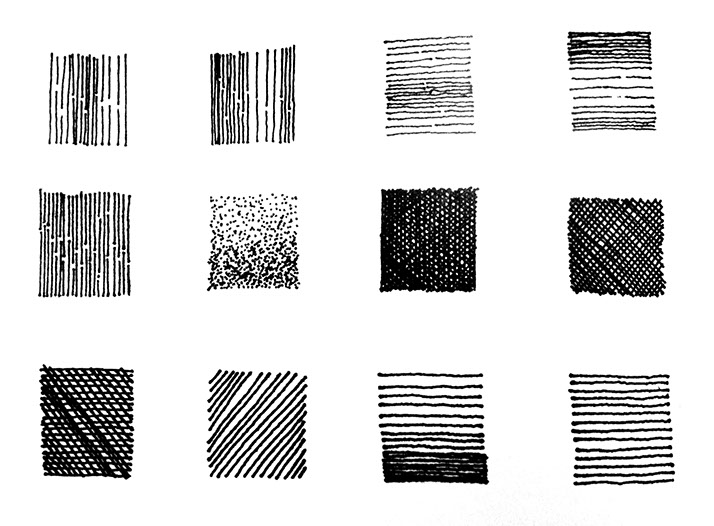
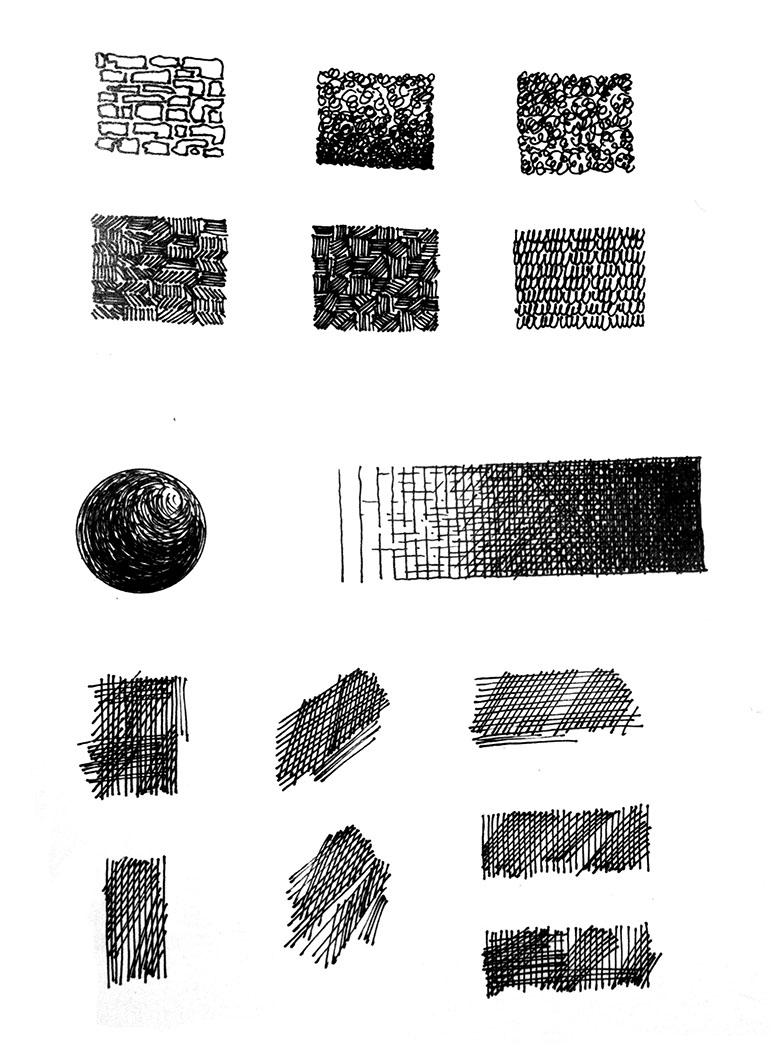
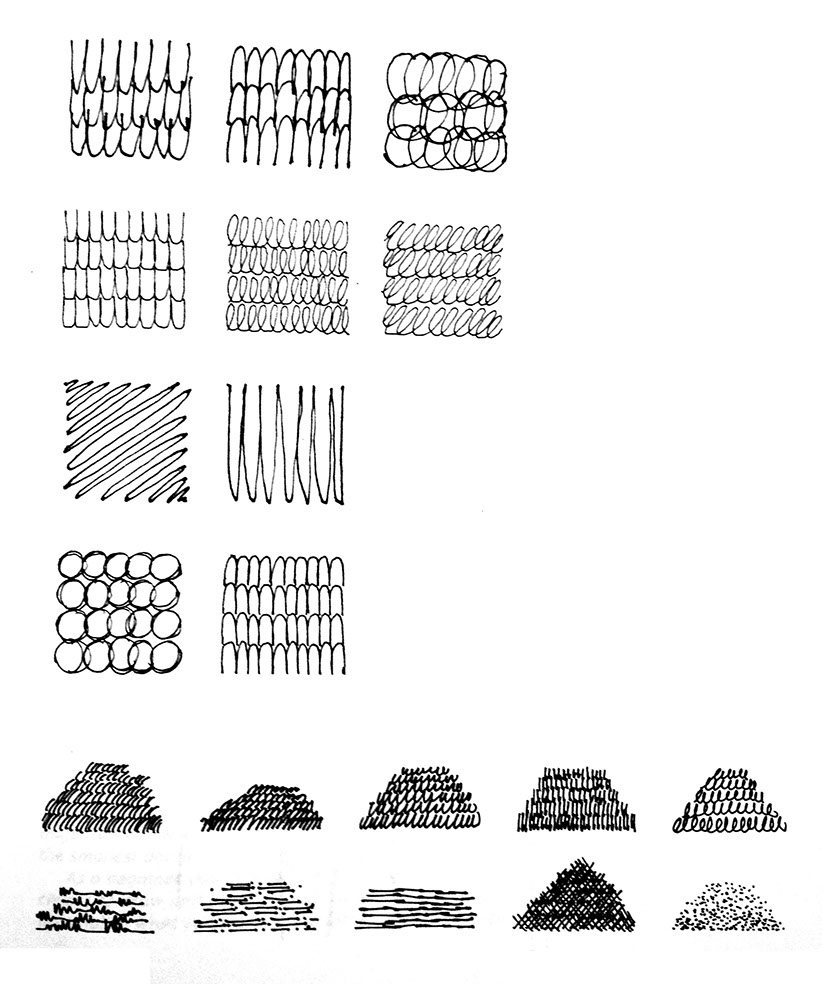

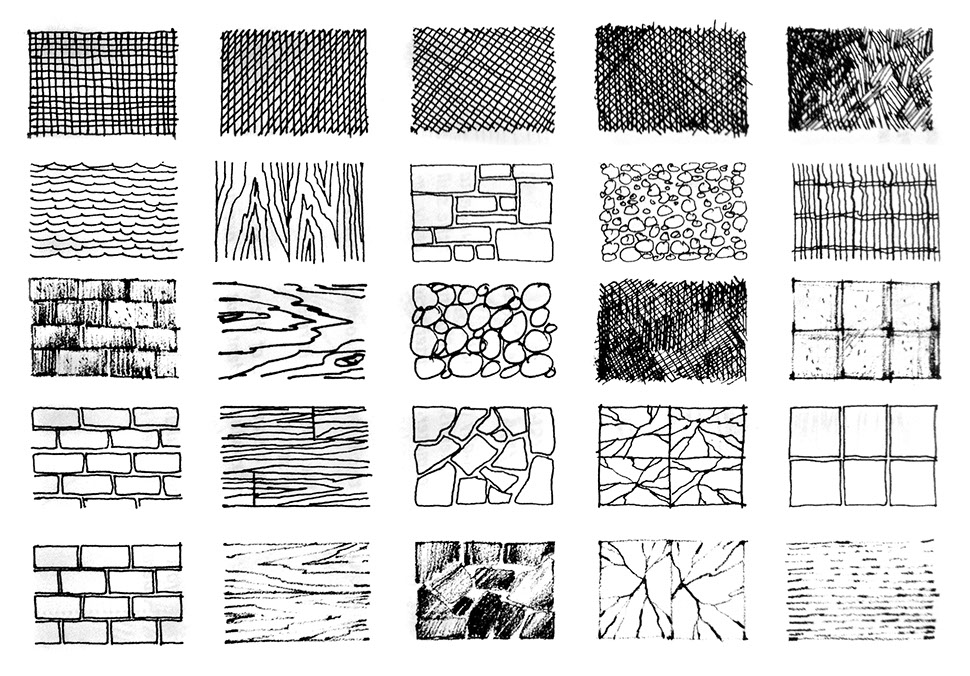



PART 1. TWO-DIMENSIONAL REPRESENTATION
Begin by careful observation of your home and spaces all around you which you likely take for granted every day. Look at the materials used on your car seats, the chairs in the classroom, the shirt you or a friend are wearing, the pattern of a brick wall, or a pattern on a floor. Look for patterns and find a unique way of representing the texture or pattern using only a black, technical ink pen.
Create a 42 unit grid on bond or rough recycled brown paper. Apply a unique pattern or texture in each unit.
Below are a couple of examples.
Do NOT COPY. Use your visual attention to detail and imagination. Observe your environment.
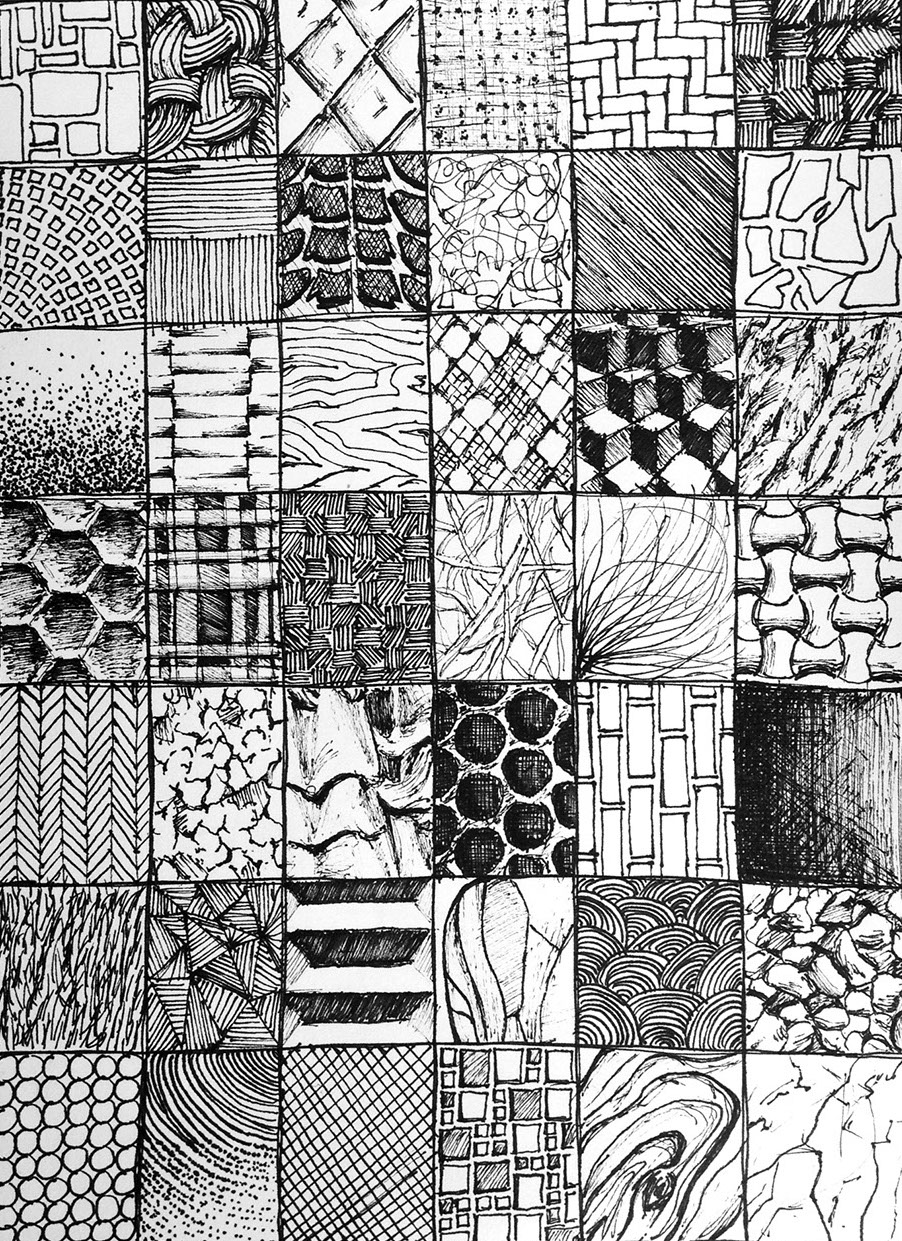
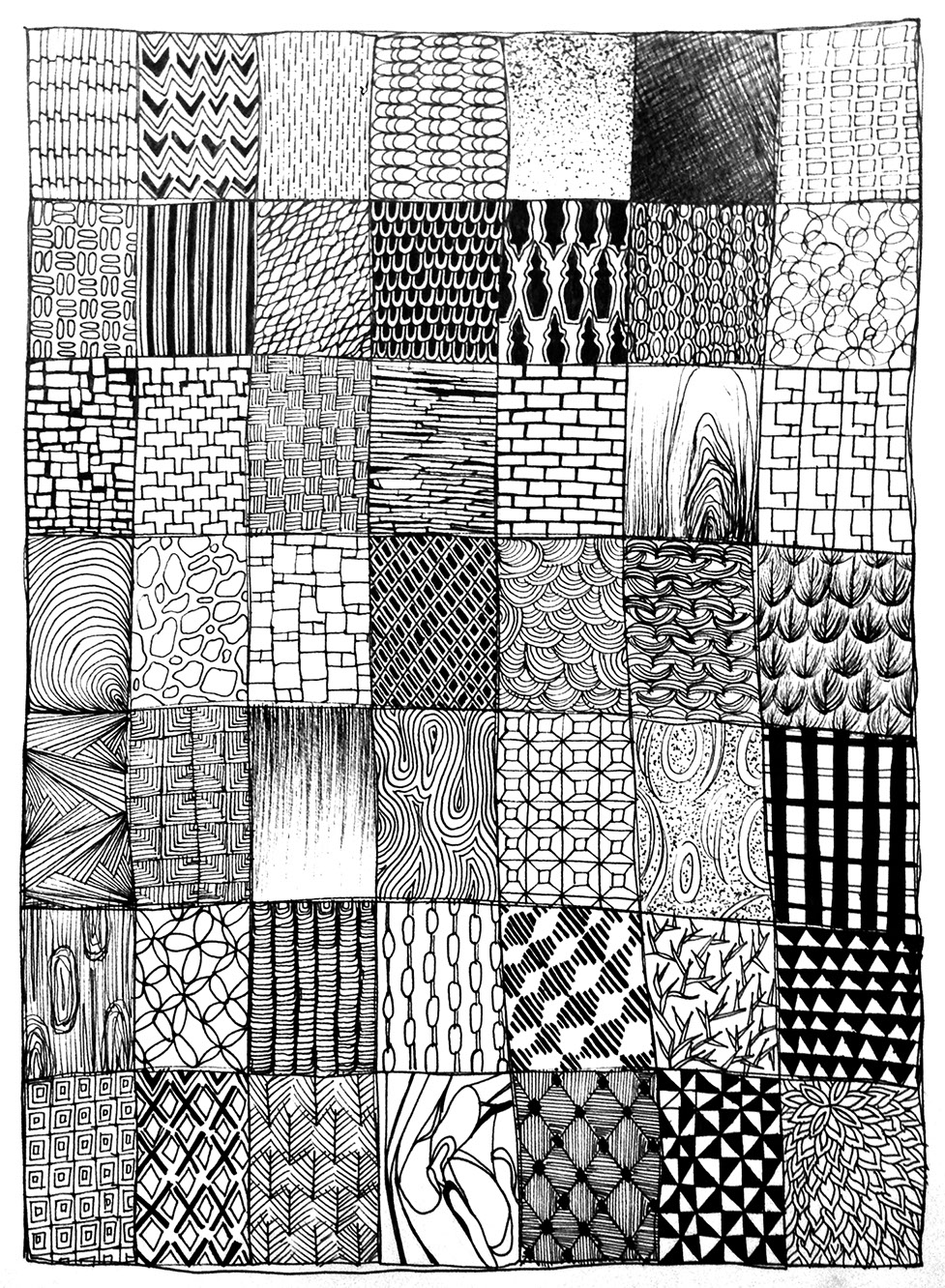
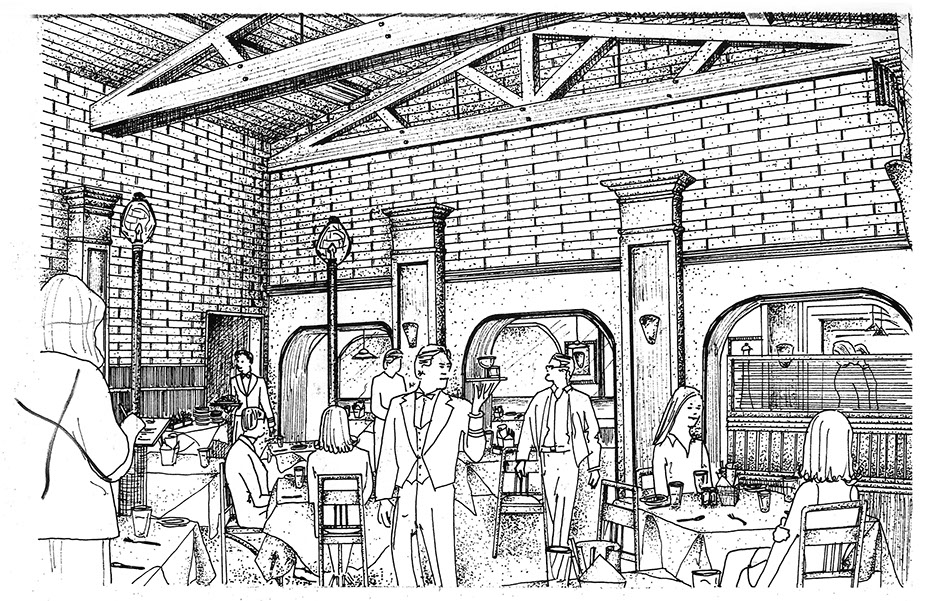
PART 2. APPLICATION
OPTION A. INTERIOR DESIGNERS AND ARCHITECTS
Interior designers and architects, go to .... and take a minimum of 5 photographs of the spaces.
Print each photo to fill an 8-1/2 x 11" sheet.
Using the photos as underlays, you may trace the photograph, but use a variety of cross-hatching, stipple, and other textural techniques to articulate the qualities of various surfaces in the photographs you chose.
INDUSTRIAL DESIGNERS GO TO OPTION B, BELOW
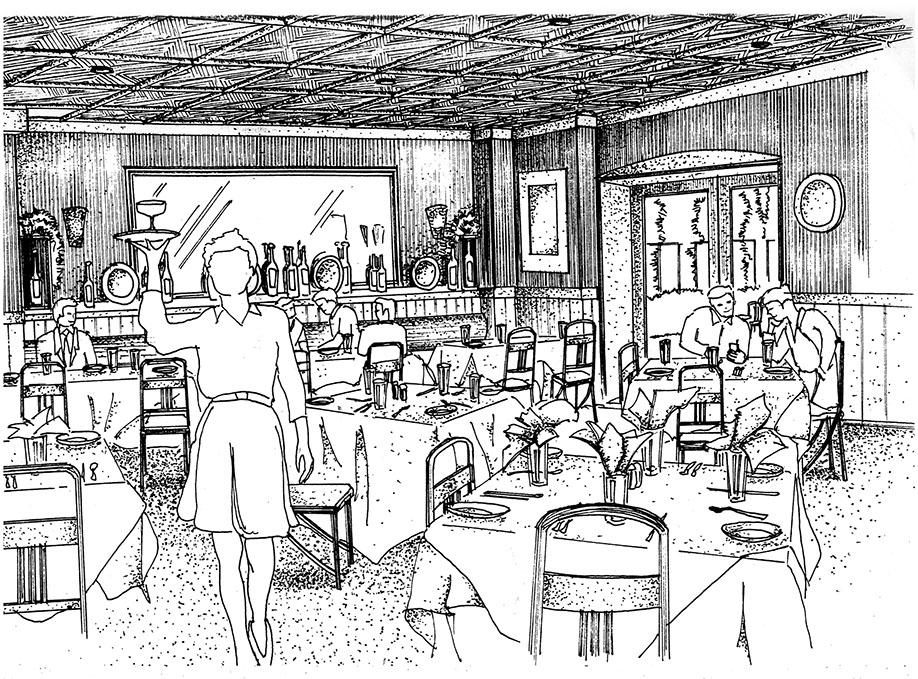
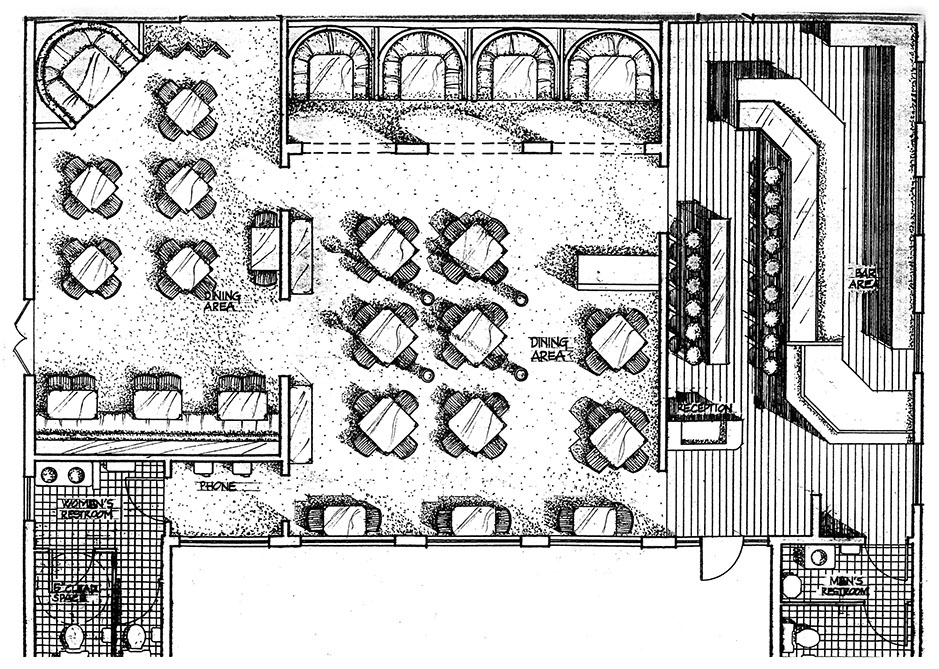
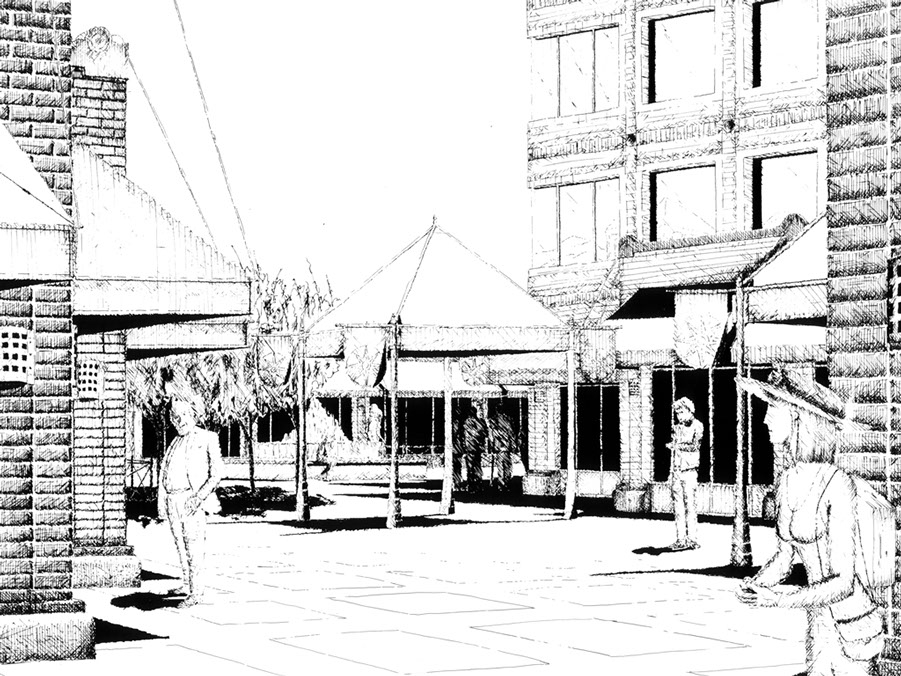
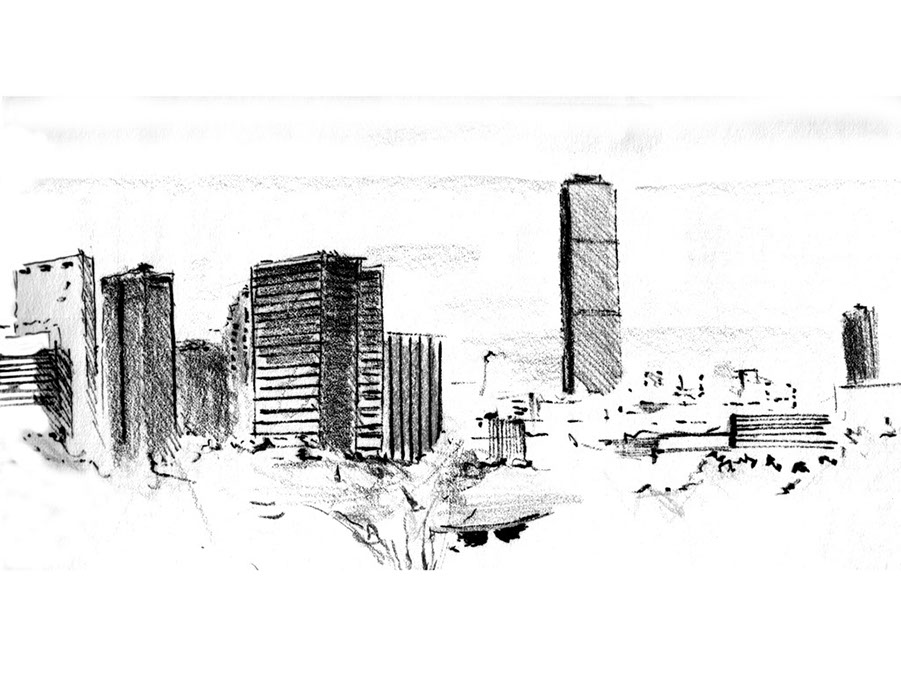
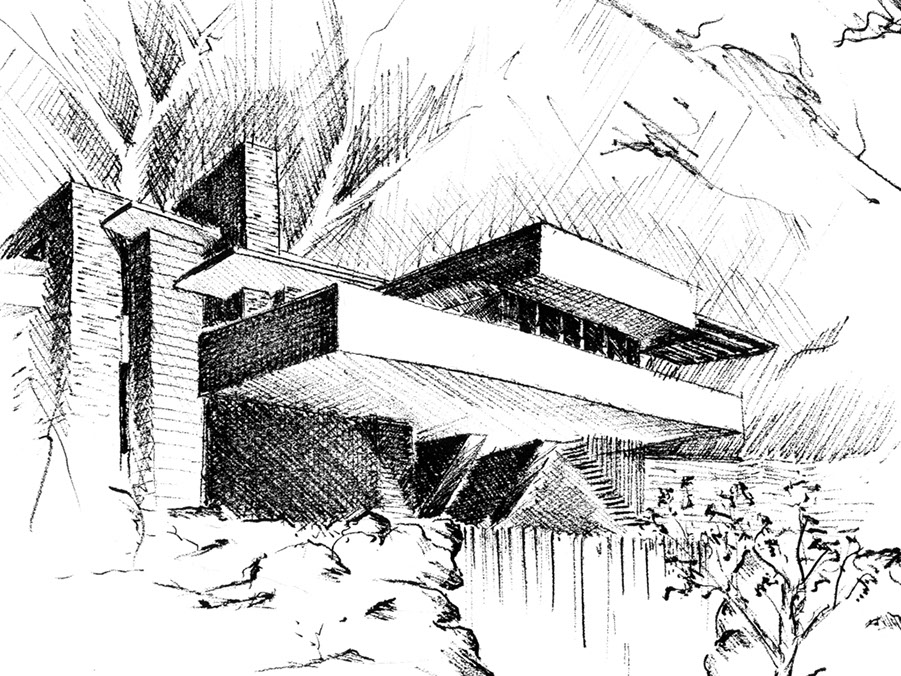
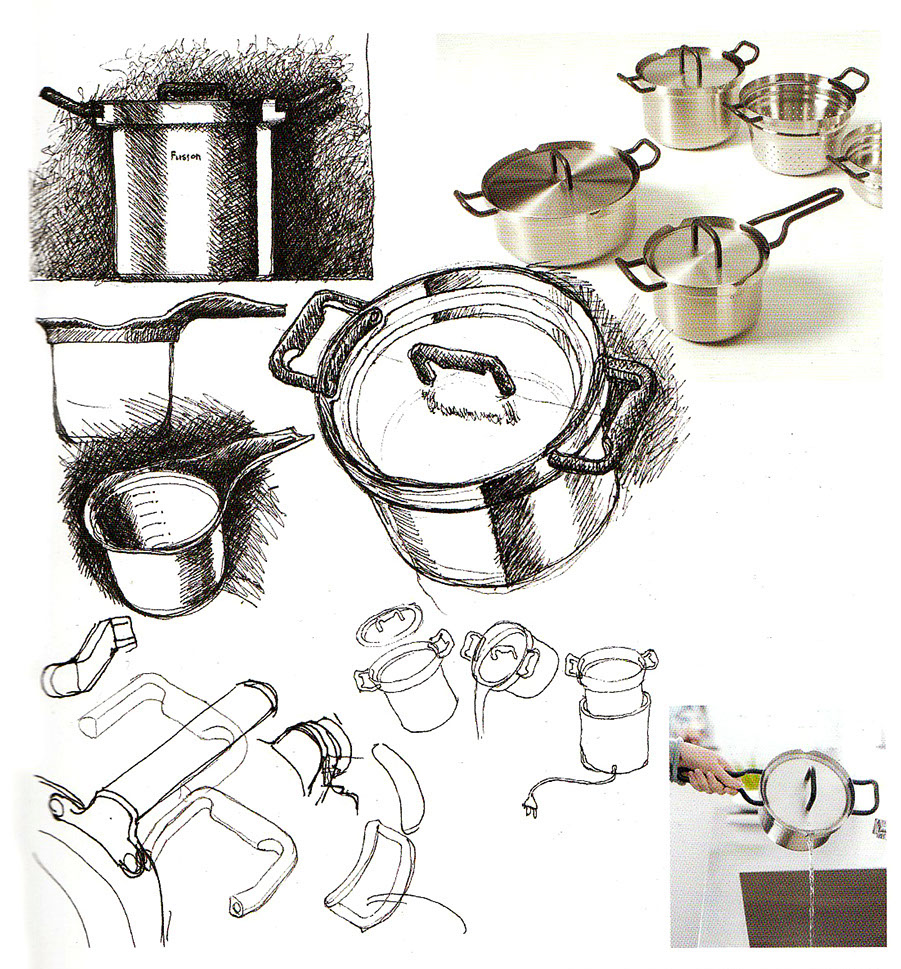
PART 2. APPLICATION OPTION B. INDUSTRIAL DESIGNERS
Industrial and Product Designers examine a minimum of 20 objects from your home, design catalogs, design and/or life-style magazines, stores, restaurants, etc. and sketch them applying exploring a range and variety of cross-hatch technique to render the values, chrome logic, shadows, graphic backgrounds, etc.
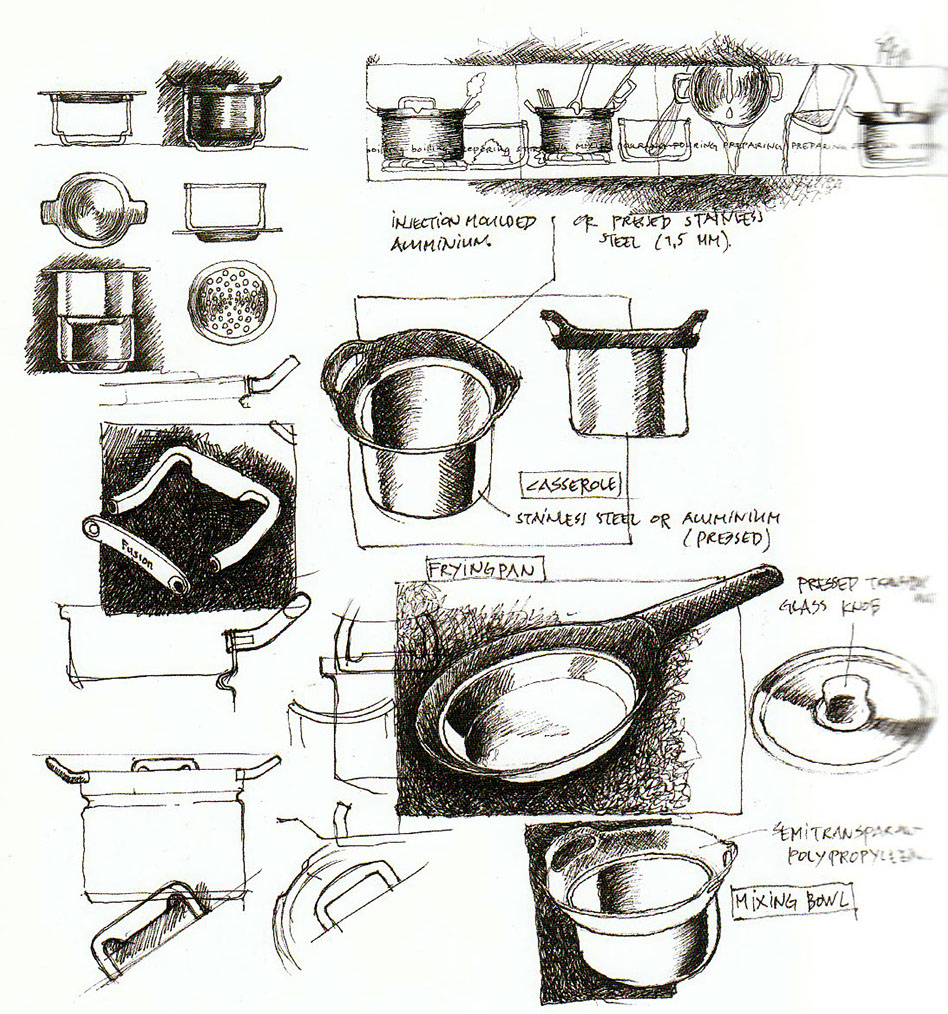
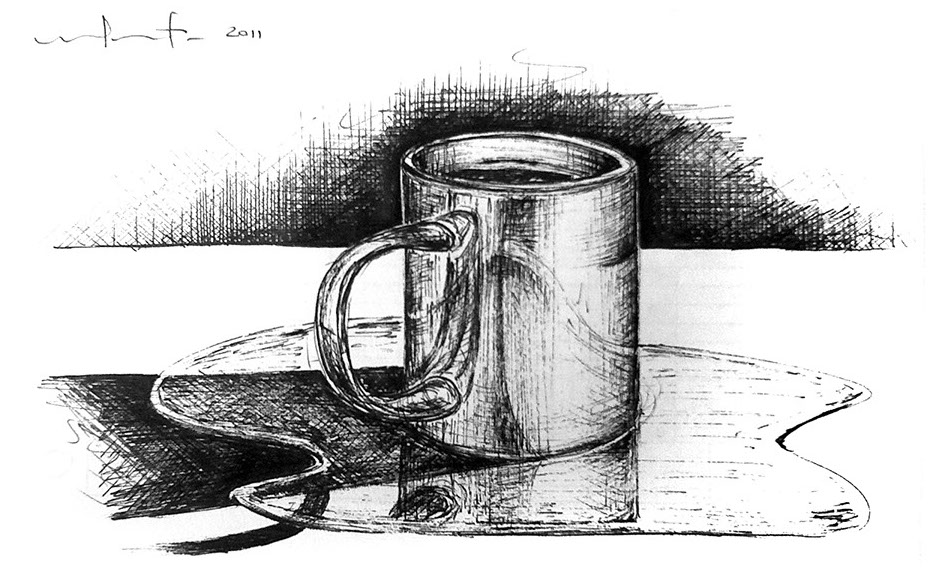
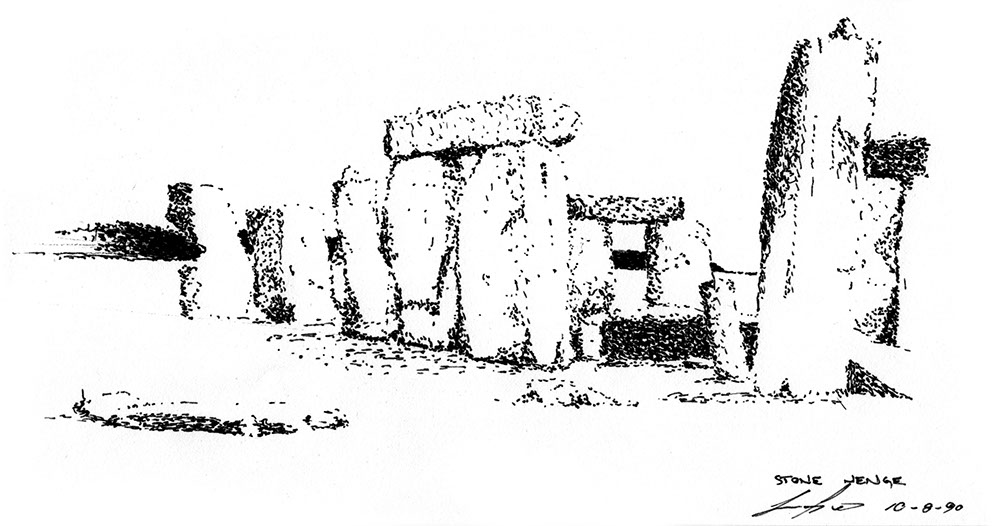

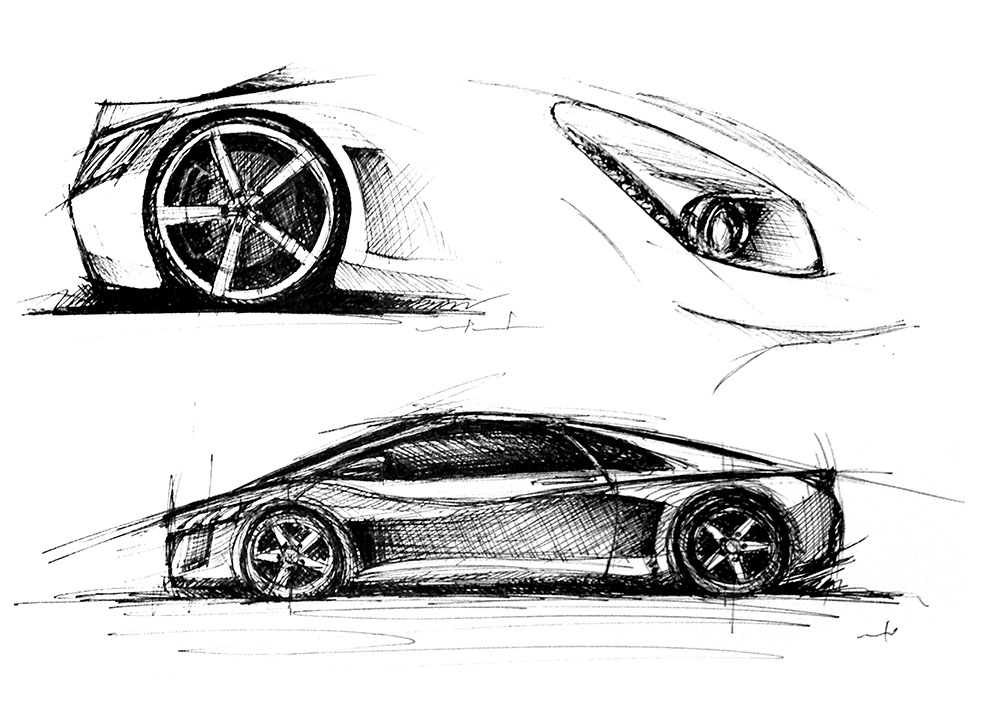
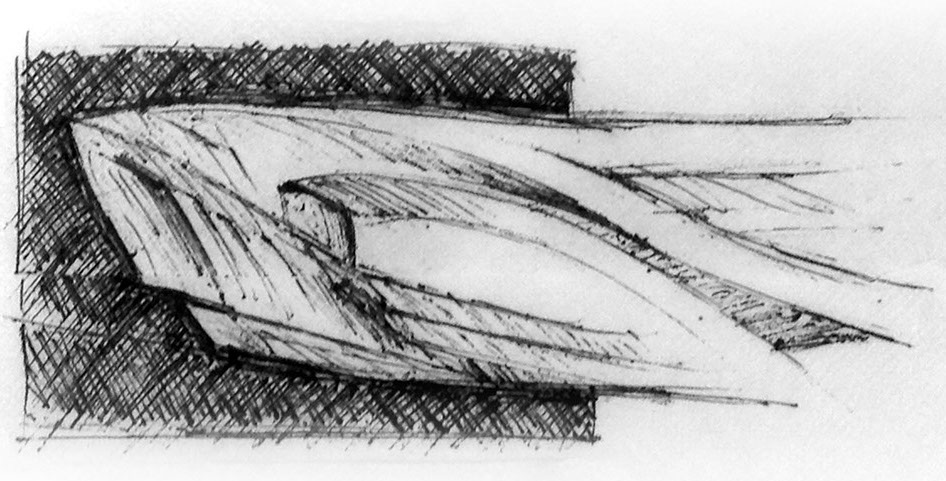
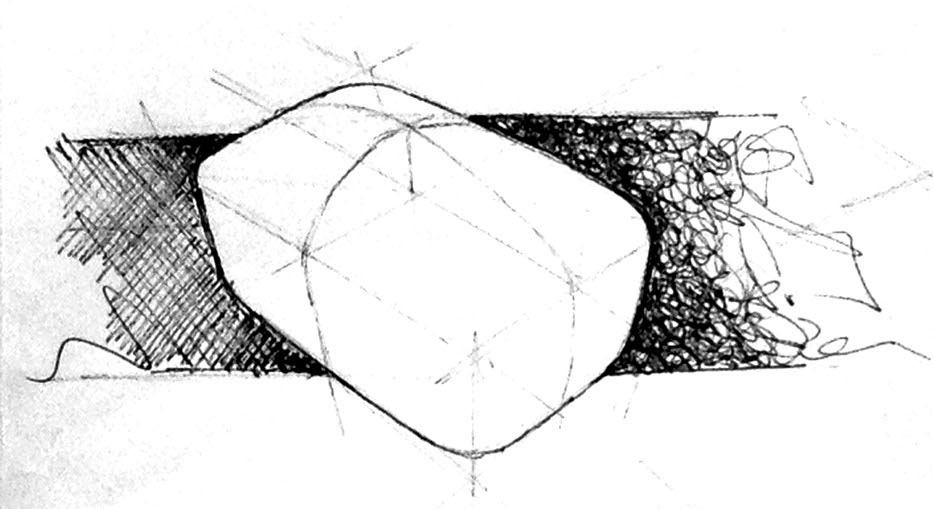
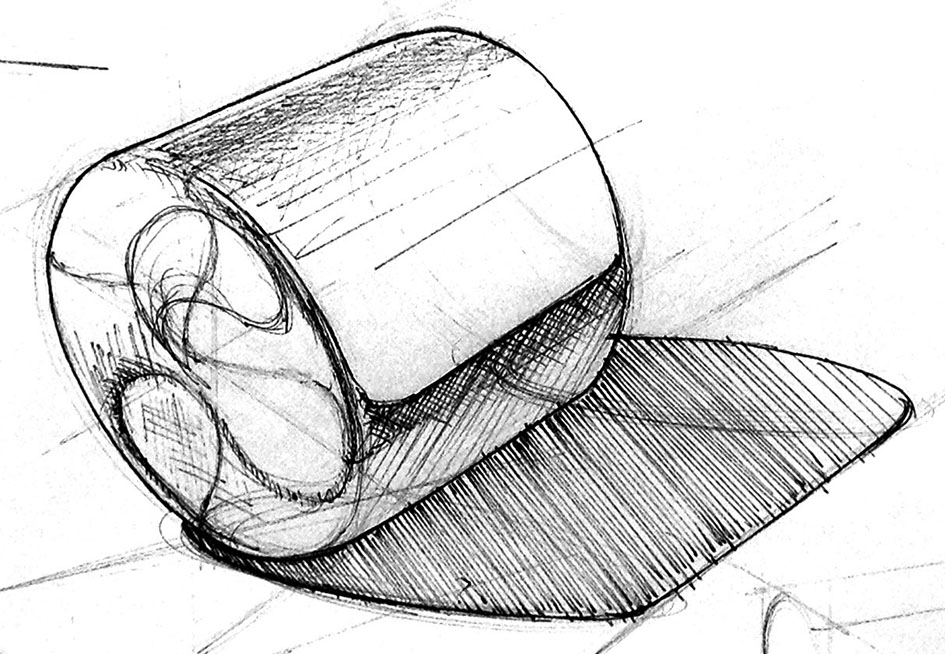
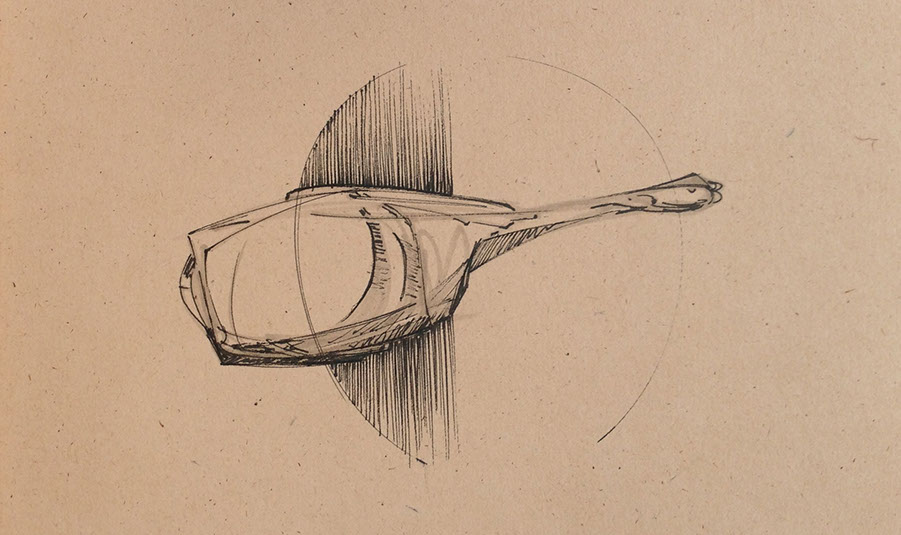
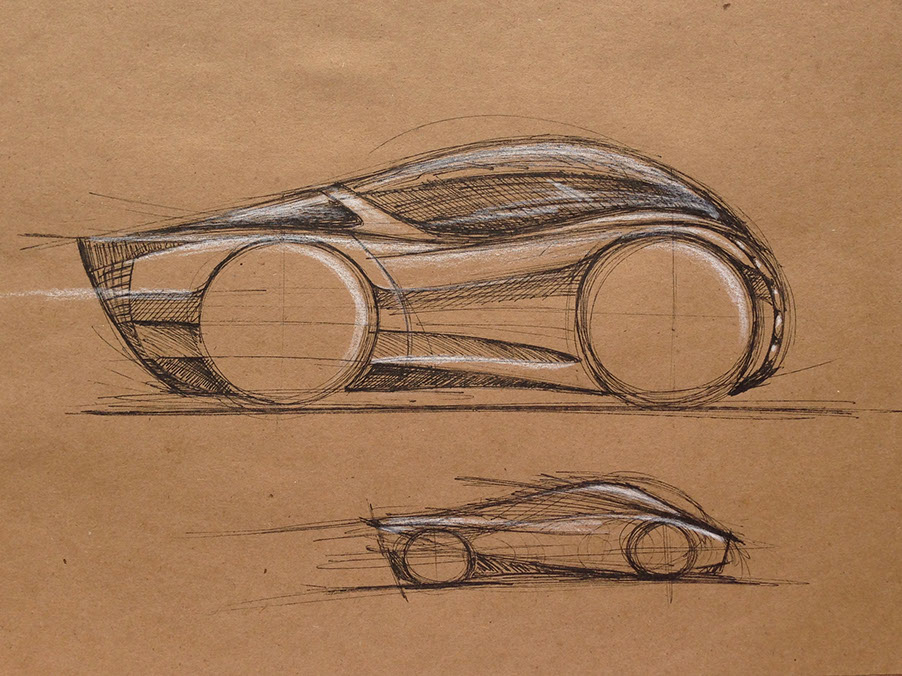
* Estimate only. See instructor and calendar for specific due dates. Summer Session schedule is more compressed with one week equal to approximately two and half semester weeks.
CSULB | COTA | DEPARTMENT OF DESIGN | BIO

Questions, feedback, suggestions?
Email me with your recommendations.
©2020 Michael LaForte / Studio LaForte, All Rights Reserved. This site and all work shown here is purely for educational purposes only. Where ever possible student work has been used or original works by Michael LaForte.
Works by professionals found online or in publication are used as instructional aids in student understanding and growth and is credited everywhere possible.